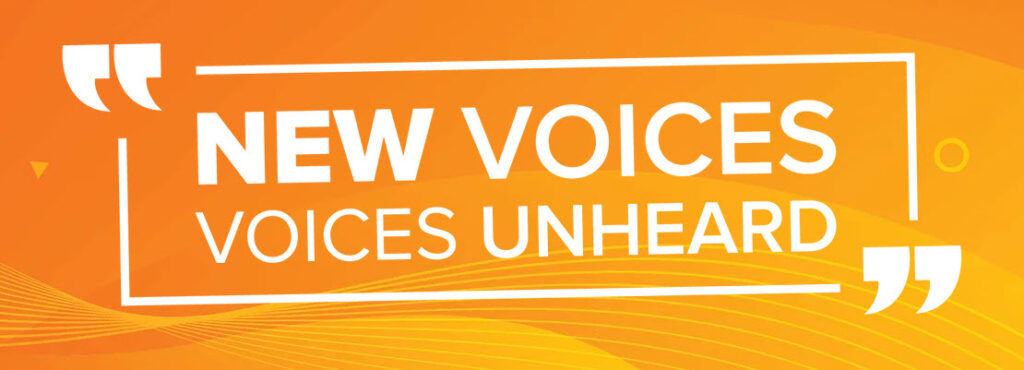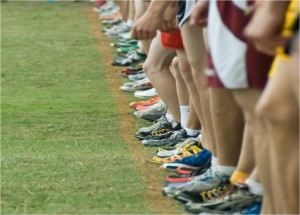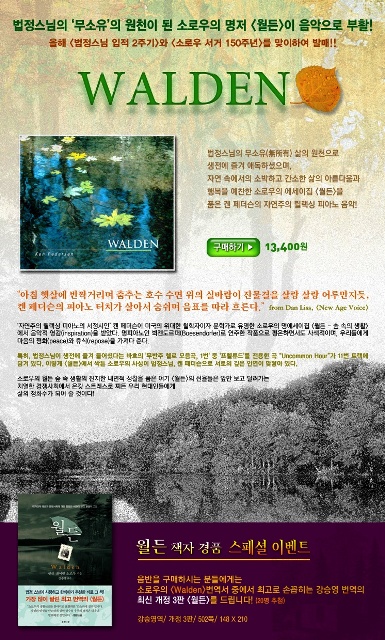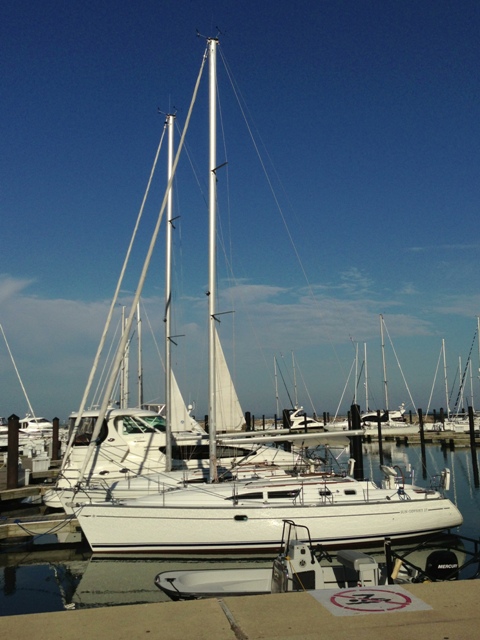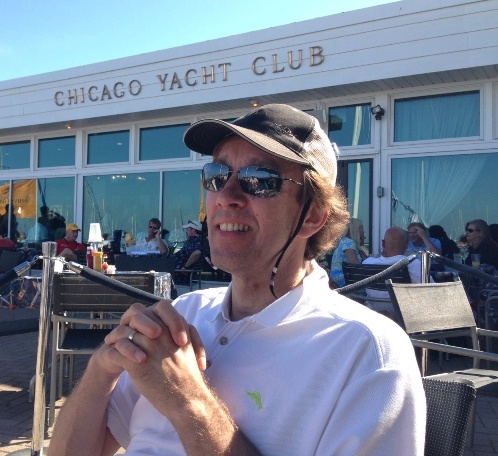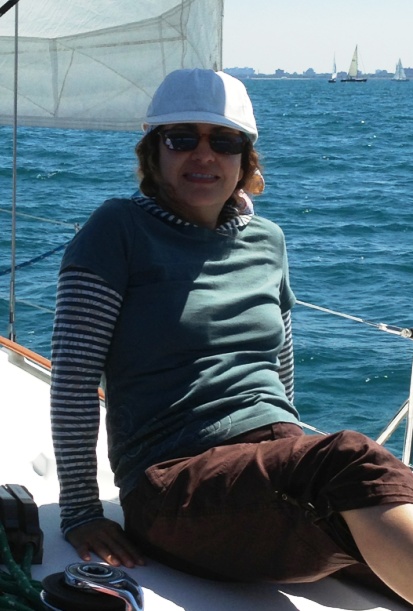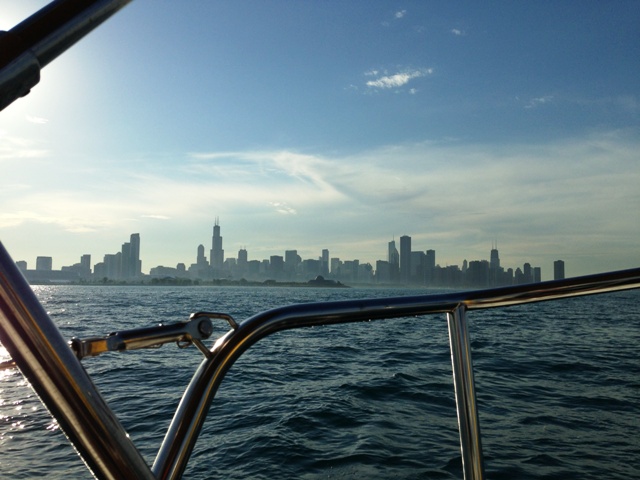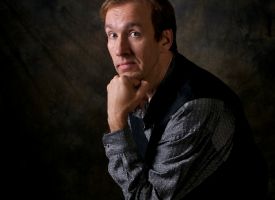Excerpts from ‘THE MAKING OF WALDEN’
…as appearing in ‘WIND & WIRE Magazine (Nov/Dec and Jan/Feb issues, 1998)
“This is ‘Solitude’s Companion’ take number one,” says Konrad Strauss, recording engineer, from the control room of Studio Five at Chicago Recording Studio. His voice is calm and even.
I’m sitting at a seven foot Boesendorfer, the Rolls Royce of pianos, in the same studios in which The Smashing Pumpkins, Sting, and Michael Jackson have recorded their Platinum albums. And here I sit, in the most quiet room I’ve ever experienced, collecting my thoughts, — not nervous, but somehow numb — ready to break the silence with the notes that will become my first CD, WALDEN.
It’s been just four months since I started working on this recording project, yet it seems like I’ve been working forever. In April 1997, my employer shut its doors. Instead of rushing back into the job market, I take the time to record the CD I had been mulling over the last several years. I had written music for two independent films and for musical theatre concluding with a staged reading of my full-length piece, Rock That Town (with book/lyric writer Chuck Mitchell) in Chicago 1996. While my theatre work had been rewarding, I had been nurturing the idea of melding the New Age sentiments of peace and repose with a more classical composition approach. Whether or not it had any commercial potential, I wanted to try out this notion of a “New Age Classical” style by writing an opus and recording it to CD.
I allot four months to do the CD. This meant doing everything from composing through recording, editing, and mastering the disc. The start date would be May 1, 1997, and I hoped to be done and have a master off to duplication by September 1st.
…In this first month, I hadn’t settled the overall theme of the disk, although there was a strong nature element in the music, and — I felt — a slightly intellectual thread that I was trying to develop. I knew that the music was forming itself into something, but I couldn’t quite yet make it out. I had to be patient, despite the gnawing little voice in my head that kept reminding me of each passing day. I decided the best approach was to continue pushing ahead, and that the theme would identify itself to me soon.
June, month two, arrived quickly and suddenly logistics issues needed attention. I had decided to try recording the CD at home. I have a small home studio and a dark brooding hand-built Petrof grand piano that I love. I’d read a lot about recording pianos and knew that it was a difficult task, but was determined to at least try. I rented microphones and began experimenting. Soon there were pillows, blankets and sound absorbing material all over the living room as I tried to get control over the live acoustics. Finally I had the best setup I could get and recorded some sample takes.
I was disappointed. The best sound I recorded delivered a nice upper midrange, but the lower mids were always muddy, the highs were unrealistically bell-like. After some last experimentation, I realized that I’d need to find a real studio with a piano I could relate to, one that didn’t have that overly bright, pop sound I was trying to avoid. But where to go?
…Call it serendipity, but while waiting for an elevator outside the studio, I run into a composer who has been mixing a jingle while I was trying out the Yamaha. I ask if he knows of other studios that have a top notch piano. He mentions that Chicago Recording Company (CRC) has several grands. The studio is about a mile away, so I decide to walk there and ‘cold call’ the studio.
Hank Neuberger, the General Manager, greets me after a short wait and he lets me audition both of their pianos on the spot. First, I try a Steinway that sounds harsh and feels like a piano that has had a lot of rock and roll use. Then he takes me up to Studio Five and seats me at a seven foot Boesendoefer. I’ve never played a Boesendoefer before, but as soon as I play I know this is the instrument for this project. The piano sings beautifully, and it focuses a melody line like a laser focuses light. The piano is well mannered and I love it.
There is more good news. The studio can make available an engineer who really complements the project. His name is Konrad Strauss, and he has both classical and new age credentials. He has recorded the Chicago Symphony, Itzak Pearlman, as well as Mannheim Steamroller and Jim Brinkman. The price is going to be higher, but for the opportunity it seems worthwhile. We set tentative dates for late July.
Finally, as another result of my internet research, I track down Trevor Sadler. I came upon Trevor after hearing the work of Kostia — a Narada pianist I’d heard on a recent piano compilation. From the compilation, I had bought Kostia’s ‘St. Petersburg Suite,’ and Trevor was one of the engineers. Using the internet, I find some of his newsgroup posts and it turns out he now is Narada’s mastering engineer. We get acquianted and after some discussion, Trevor agrees to do the mastering for the project. Thus my engineering team is set.
While all this excitement is happening, not much music is getting written. After the initial spurt, both the productivity and focus of my writing has declined. At one point I spend eight days on one piece that finally I abandon altogether. This is definitely a low point. The music is too abstract, I’m losing perspective. ……
…Breakthrough: during the time off I find my idea of the CD: Thoreau’s Walden. Based on the book by Henry David Thoreau, Walden is a perfect context for the music. Rich in its love of nature, Thoreau also challenges his readers with ideas of individual responsibility and authenticity. For me, the book both motivates me back to work and inspires new musical ideas.
I revise the recording dates at CRC for three days starting August 15 and am back in business. I start writing again, this time with renewed focus and intensity. I am letting my hair grow. I am not shaving. I am limiting my exercise to the short walk between the piano and my home studio. I sometimes forget to shower. I am staying up late and getting up early. It is July and I have a lot of work to do.
In this span of three weeks, I work with a fury. I rewrite one of the pieces as a guitar duet. I write six new pieces. I rehearse with my duetists. I practice my solo work. I revise, revise, revise. I meet with Konrad for a planning session. CRC grants me practice time on the Boesendorfer. My family is calling me “Wolfie,” and my two boys are either humming something I’m working on, or complaining bitterly about hearing it again for the n’th time (but impressed that the Smashing Pumpkins recorded in the same studio I’m headed for…)
Finally, the day arrives, and its time to start recording. I wish I’d had more time to revise and rehearse — but then, that probably would be true forever. It’s time. Konrad has just announced ‘take one’ and I’m sitting at the keyboard of this wonderful piano, trying to perform well for these microphones, for some abstract audience…, for myself. And then I begin with the first notes of ‘Solitude’s Companion’ feeling a bit alone, a little scared, and a lot curious about how this adventure is going to turn out.
END OF PART I.
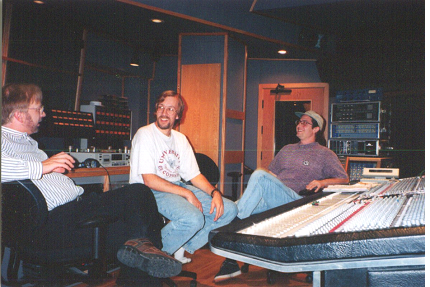
Ken, guitarist Jeff Kust and engineer Konrad Strauss
START OF PART II.
I have arrived at Chicago Recording Studio at 5:30pm on August 15 for the first of three six-hour recording sessions for my first CD, Walden, after the book by Henry David Thoreau. Each session is to be separated by one day off. Session one and two are planned for recording solo work, session three reserved for the duets I will be performing with guitarist Jeff Kust and cellist Martine Benmann. I have never played in a recording studio.
Studio Five has three recording areas of varying acoustical qualities. Recording engineer Konrad Strauss tries out a multitude of mic and piano placements while I play. After about ninety long minutes, we finally agree on a simple placement that gives a nice balanced picture of the sound. Konrad has recommended using Schoep mics into Apogee 20-bit preamp converters. The output of the converters goes into a DAT machine, bypassing the converters in the DAT. This approach is to yield a superior quality sound, giving better headroom and greater warmth than going straight to DAT.
The studio is eerily quiet, like one would imagine in deep space, as if all sound has somehow been sucked out. It is somewhat distracting, and one result is that suddenly every small noise I’ve never noticed takes on enormous import. The piano bench creaks, the sustain pedal squeaks, the dampers fall to the strings louder than I’ve ever heard — or at least noticed — before.
The stress of all the microphone auditioning already has me feeling slightly tired and by the time we’re actually ready to record, I’m not so much nervous, as somehow numb. I’m wondering where that moment of performance inspiration is. There’s adrenaline, but its not the energy of the muse whispering in my ear. I’m struck by the brute fact of the work before me. As I start playing in that first take, I find myself more conscious of notes, and less focused on music. When I finish the first take, Konrad says from the control room, “Nicely done.” But upon auditioning the take I don’t like it at all — it sounds mousy and careful.
I’ll struggle with this for the next four hours. I’m playing the music accurately enough, but it feels like defensive playing, it is playing to not make mistakes. I’ve been a rehearsal pianist and accompanist for vocalists and have seen how the live performance can sometimes take away a singer’s range as they retreat into a safe zone, a competent zone, a studied zone. That’s where I am now, but I’m pushing myself to break over that edge, knowing that once I get there my music will sing itself. The sound vacuum phenomenon breaks an essential feedback loop, stealing away the overtones and natural resonance. It feels like I am walking in the dark.
Around 10pm, we hit a breakthrough. With just the slightest intensity change in his eternally calm, neutral voice, Konrad scolds me to ‘go for it’ on ‘Quiet Desperation.’ During the take I feel like I’m overplaying, but when we listen to the take it’s clear that this is the right direction to push. The last couple of hours of this session become more fun and rewarding. By the end of the session, I wish we were continuing into the night. I nail a take of ‘Different Drummer’ — one of the toughest pieces — from beginning to end.
Its 12:30 am and we call it a night.
At home the next day, I listen to the tapes and begin to make ‘take notes.’ I document everything so I am clear on what must be re-recorded, and what would be nice to have a second chance at. I mark up copies of the scores for Konrad. It is a laborious process because its difficult to compare takes in detail. I spend ten hours of my ‘day off’ doing this analysis and planning.
Session two is more surgical. We start by ‘covering’ the mandatory sections of the music that must be re-recorded. In some cases, the material might simply be a small section or a few bars of a particular piece. In most cases, we record at least one fresh full take of everything, and Konrad makes notes on how we covered the mandatory re-record sections from that. My tempi seem to be consistent from one take to another, but I am amazed at how different the coloring of the piano sounds when compared to the prior session. Konrad says I’m playing more relaxed today and he can hear it in the tone of the piano.
The takes from session two become the base for most of the solo material on the CD. Moreover, later, during editing, I will find myself choosing takes from one day’s session or the other. The color and tonality between the two sessions are usually just too different to intermix.
Session three was the most fun, playing duets with two outstanding, but very different musicians. Russian cellist Martine Benmann warms up slowly and deliberately. We’ve rehearsed twice and she asks highly detailed questions about my intent, makes good suggestions, and helps me refine the bowing. She dislikes the ideas of recording too many takes, and is distrustful of the idea of editing — assembling a performance from multiple takes. As a result our session is intense, but short — about seventy-five minutes. There is a feeling of high stakes when we play, but each performance of ‘Uncommon Hour‘ — which uses thematic material from Bach — is a musically interesting adventure which was different every time.
Guitarist Jeff Kust has played with the Chicago Symphony and is an experienced session player. He is relaxed and business-like. ‘Waltz in the Woods‘ is probably the most fun and most difficult piece on the disk. Jeff plays superbly. We do a few full takes and then start working our way through section by section. During editing, two of the full takes will serve as ‘base’ takes and we edit in this ‘cover’ material where necessary.
Finally the duets are completed, and I spend an hour doing improvisations. I’m tired, but also relaxed and just let the mfusic flow out of me. While I don’t need more material, I’m hoping to find something spontaneous that will complement the overall ‘New Age Classical’ feel of the compositions. At the end of the hour, I feel a finality and satisfaction. It is nice to get to that special place of just playing and expressing feelings of peace and repose. In the end, I use two of the improvs, which are called ‘Perpetual Dawn’ and ‘Behind the Farthest Star.’
Its 1am at the end of session three and both Konrad and I are exhausted. Konrad was just a vast resource to me like a guide taking me up the Northern face of Everest. One of the challenges of a self-produced CD is to hear yourself as objectively as possible during the recording process. Konrad really served as my surrogate producer in the studio and his high musician standards, gentle prodding, and encouragement were a great asset.
The final stage of the project is editing and mastering. The day after session three, I work through all the takes and organize my notes into an edit list. For my project, this is a very detailed process. The amount of editing really comes down to how many takes there are, and in some cases I had twenty or thirty takes of material. I listen to all of these takes, arrive at the ones I like best and note them by measure and time marking.
The next day I drive to Milwaukee in the evening to meet with Trevor Sadler, Narada’s mastering engineer. Trevor has mastered #1 records and his recordings have been nominated for (and won) Grammies. Narada’s offices are in a quaint former school building, crisp and Northern European in appearance. We go to his mastering studio, a standard 10×10 office with sound proofing. His equipment is fairly unassuming but of high quality: a Macintosh running Sonic Solutions Audio workstation, a tube compressor, a digital effects processor, and a DAT machine are the main equipment.
We begin by loading takes into the computer system, using an analog process of passing the sound through the tube compressor and then sampling the result back into digital form — again using 20-bit Apogee converters. Once captured in the Sonic Solutions system, Trevor is able to manipulate the digital information in a variety of ways using sophisticated cross-fading tools that make most edits impossible to hear.
The editing process is tedious. Trevor and I team up, me identifying the portions of music to be used, and their general edit points, and he carrying out the magic of the edit, choosing the best algorithms and the specific point at which to make the cut. Overall, we edit for about fourteen hours over three evenings.
After the editing is completed, we continue on to the final mastering steps. We identify the exact start points of each track, the end point, the fade out strategies for each track, as well as decide on the length of gaps between tracks. Once that is done, we audition, discuss and decide on the appropriate processing and levels for each track. In the case of this project, we use a variety of digital reverb touches. My taste is to want bigger reverb spaces than Trevor. Ultimately, after taking home the premaster CD and listening to it for several days, I eventually arrive at the same conclusion as Trevor’s original recommendation and we do a new, this time final version of the premaster with less reverb. Trevor demonstrated great patience and musicality in his approach to the material. I can see why many Narada recordings are highly regarded technically.
Of course, the writing and recording of the CD is just half the story — the other half is the marketing and sales side. I’m in the middle of executing my marketing plan now, and this too is a busy time. Whatever the outcome, however, I’m already a winner. I’ve been lucky to have a safe period of time to compose, the support of my family while I did it, and terrific professionals with which to work. I am grateful to all of them. It has been a roller coaster ride and not always a smooth or comfortable one. It was intense, it was at times difficult, but overall, when I think about doing it again, just one thing comes to mind:
Walden II.
